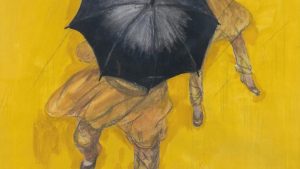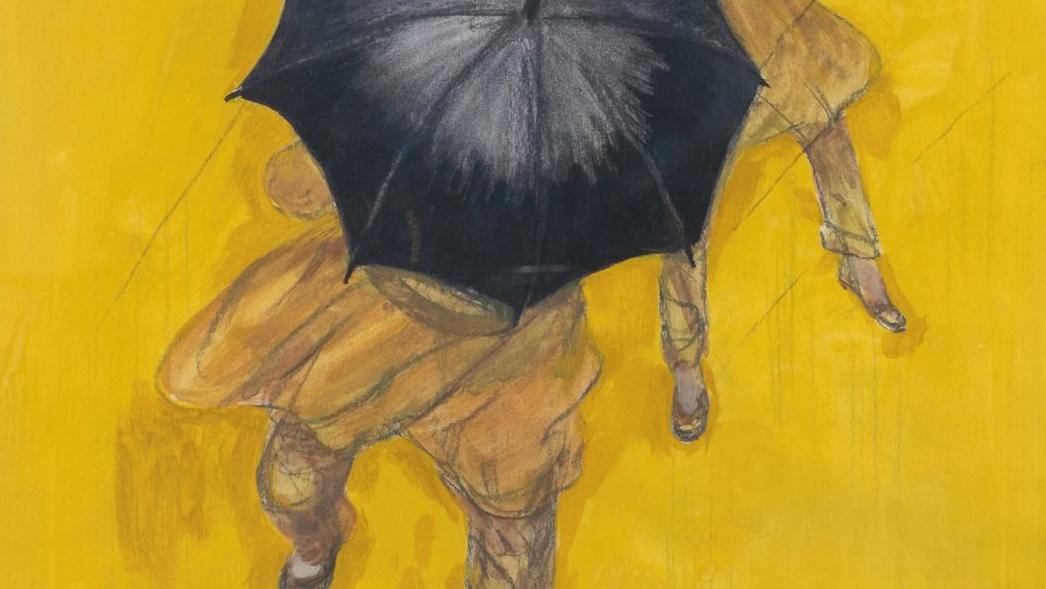Everest under the brush of Nicolas Roerich, artist-traveller
The Russian painter’s spellbinding landscapes are an invitation to travel, and are on offer at Cazo in Paris.

Estimation : 40 000/60 000 € Adjugé : 162 500 €
In 1925, Roerich traveled with his family and companions to the Ladakh region of northern India. On this expedition, he and his group came across numerous Buddhist monasteries and the ruins of ancient palaces. The painter would return on several occasions, recording these grandiose landscapes on canvas, as in this tempera on cardboard, Himalaya. Vue sur l’Everest, painted in the 1930s (€40,000/60,000). Although he knew the places he described well, Roerich “was not concerned with giving the image an ethnographic or geographical character: on the contrary, he wanted to turn them into symbols, to let the landscapes “speak for themselves”.
The series of Himalayan paintings, characterized by their striking colors, reflects his spiritual and transcendental vision of nature. Bathed in an unearthly blue light, this carefully rendered mountain landscape, which features the summit of a Buddhist religious edifice, illustrates Roerich’s deep admiration for Everest and the sacred nature of the region in his eyes. He produced a scene that was both realistic and evocative of the spiritual mysteries that inhabited him. A visionary artist, archaeologist, writer, theosophist and peace activist, Roich began his career designing stage sets for Diaghilev’s Ballets Russes, notably for Stravinsky’s The Rite of Spring. Beyond his artistic productions, Roerich was a dedicated humanitarian. He founded art schools, international cultural organizations and scientific institutes, all of which made a lasting contribution to world culture.










